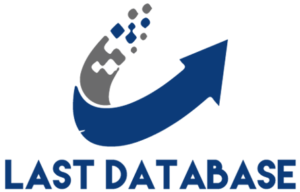Brain Science & Commercials: Harness the Secret of Social Interaction
Want to take control of your prompts and get more out of AI tools? Take the online course on December 19
How to predict and improve the impact of advertising on sales? There’s one question I hear over and over again: “Do you know one golden rule that I can apply to any advertising, regardless of creative approach, brand type, or category?” In this article, you’ll learn about the brain law that often goes wrong: social interaction.
I told you last time : I have been able to spend quite a few years in the world of neuromarketing and consumer psychology. It is hard not to get excited about the large number of interesting questions that I have been able to study and investigate during that time.
In this series of articles, I will share one law of the brain from our treasure trove of neuromarketing advertising wisdom that is so fundamental that it seems to work time and time again. This article focuses on a law of the brain that we often see go wrong. I am talking about social interaction .
Let’s take Morgan Freeman right away:
(Okay, this actually has little to do with the insight, but that doesn’t make it any less fun. This has everything to do with your working memory, and the extent to which Morgan Freeman is embedded in your brain.)
What I was actually referring to was the following example from Morgan Freeman:
In this video you see the eye tracking and EEG data of one person (normally you do this with 20 people to get a quantitative insight). The eye tracking data is shown as yellow dots and lines over the video, the EEG data is shown in the bars below the video.
Take a look at the bottom orange line. This shows the neuro-metric ‘desire’ . This brain metric measures a primal motivation that is so fundamental that list of norway consumer email even single-celled organisms have it: approach or aversion. Also called ‘ approach and avoidance motivation ‘.
This can be measured in the brain as prefrontal asymmetry
. But for convenience, we’ll call it ‘online marketing: a look back & trends for 2024 desire’. (Not coincidentally, this metric also predicted Tinder matches
Desire has been shown in many studies to be america email list predictive of (purchasing) behavior. Specifically: commercials that score higher than their competitors generate an average of 23% more sales on the shop floor.
Also read: Nespresso’s Neuromarketing: Why You Pay 5x More for Your Coffee
In this fragment you see the desire first rise and then suddenly fall sharply.







